‘Kill the chicken to scare the monkey’ is a Chinese idiom that, depending on the context, may roughly translate to making an example of someone through punishment or offensive action to intimidate or deter someone else. It may also mean taking punitive measures to ensure compliance and establish a rule of fear. We are watching a version of it unfold before our eyes as China’s relationship with Japan undergoes a spectacular implosion.
From the very outset it seemed the crisis that was triggered by Japanese prime minister Sanae Takaichi’s comments that Japan could respond militarily to a Chinese attack on Taiwan – that lies just over 100 km from Japanese territory – had an element of theatre to it. China doth protest too much. The intensity of its escalation, fiery rhetoric, personal attacks on Takaichi and punitive measures in response to a statement of fact by the Japanese PM – that a cross-strait war is existential for Japan – suggested that the outrage is manipulative and cosmetic.
China is simply laying a marker on Taiwan. It is setting the bar with an explicit message that crossing that bar would carry steep and sustained real-world costs. Beijing is simultaneously prepping up its domestic audience for a ‘struggle’ on the Taiwan issue, trying to shape the external environment to reduce international support for Taiwan, lower the threshold for its ‘gray zone’ activities and compel reunification.
Attaching Taiwan without a military takeover is still a priority for the Chinese Communist Party, and it chose for maximum effect a comment by a Japanese prime minister known for her hawkish stance on China who didn’t really signal a tectonic shift in Japan’s Taiwan policy but took off the veil of ambiguity in linking cross-strait conflict with Japan’s defence commitments.
Quick Reads
View AllIt helps the CCP that the two countries share a contentious and tormented past, and the underlying bitterness especially on the Chinese side can be rapidly harnessed to shape the conflict.
Japan’s imperial expansion into China, painful memories of atrocities, especially the Nanjing Massacre of 1937 where historians estimate hundreds of thousands of Chinese civilians were killed and women were subjected to widespread sexual violence, are deeply etched into Chinese collective consciousness. These are reinforced through textbooks, museums, and state media content that emphasize Japanese aggression and portray China’s suffering at the hands of foreign invaders as central to its national identity.
Even though Japan has repeatedly apologized for its wartime atrocities, the belief festers in China that Japan has not fully owned up to its brutalities or apologised enough. Takaichi, widely regarded in China as a ‘revisionist’ on imperial Japan, was derided as “anti-China” and “extreme right-winger” on Chinese social media during her elevation as the prime minister.
“Chinese critics accuse her of smearing China, denying the Nanjing Massacre, exaggerating the so-called ‘China threat,’ and stoking controversy over Taiwan,” while her “ultraconservative views”, assertiveness on defence, hawkish stance on China and plan to bolster Japan’s role in the Indo-Pacific is regarded with suspicion by Beijing, as Rahul Mishra pointed out in The Diplomat.
Takaichi’s repeated visits of the Yasukuni Shrine, that honours Japan’s war dead, align with the views of a faction of conservatives who argue that Japan has already sufficiently apologized for its conduct and that further contrition is politically motivated. Her comments on Taiwan, therefore, presented China with the perfect opportunity to frame the issue not as Japan discussing its defence options but as potential interference in Chinese sovereignty.
As I mentioned earlier, Takaichi didn’t really move the needle of Japan’s security policy when in answer to a question on November 7 by Katsuya Okada of main opposition Constitutional Democratic Party of Japan what she considered to be a ‘survival-threatening situation’, she said, “a judgment must be made after comprehensively assessing all information in line with the individual and specific circumstances of what has actually occurred.”
Asked to elaborate, the Japanese PM said “a line of private ships from China surrounding Taiwan would not constitute such a situation. However, if China conducted the naval blockade while military fighting was taking place, that would constitute a survival-threatening situation, and the Self-Defense Forces would be sent to provide support.”
Takaichi’s use of the phrase ‘survival-threatening situation’ invoked the precise legal threshold that would authorize Japan’s military to act without being directly attacked. Japan’s pacifist, post-war Constitution makes launching offensive military operations difficult, but a 2015 law – passed when Takaichi’s mentor Shinzo Abe was the prime minister – allows Japan to exercise collective self-defence in certain situations, even if the country is not directly under attack.
Called ‘Legislation for Peace and Security’, the reinterpretation of Article 9 of Japan’s Constitution effectively redefined and expanded the country’s right to self-defence, and it became a major turning point in Japan’s post-war security policy. Other Japanese politicians have taken positions similar to Takaichi’s in the past, although they may not have done so while in office.
As The Asahi Shimbun observes in a report, “after stepping down as prime minister, Abe said a military contingency in Taiwan was one directed at Japan and Taro Aso, a former prime minister, has said Japan should be prepared to fight if a military contingency occurs in the Taiwan Strait.”
In 2015, when he was no longer the PM, Abe, who was assassinated in 2022, had said, “a Taiwan emergency is a Japanese emergency, and therefore an emergency for the Japan-US alliance. People in Beijing, President Xi Jinping in particular, should never have a misunderstanding in recognising this…”
So, when China says that Takaichi must retract her statement and nothing else will do – a demand rejected by the Japanese PM – Beijing is indicating that its goal is not merely managing the current dispute but forcing Japan to abandon its established security posture toward Taiwan. This is not achievable through diplomatic overtures or face-saving formulas—it requires sustained coercive pressure that makes clear the costs of Japan’s trajectory.
Beijing is aware that Japan’s first female prime minister is keen to strengthen the country’s military capabilities and plans to lift Japan’s defence spending to two percent of GDP by next fiscal. Therefore, Beijing interprets Takaichi’s statement in Japanese Parliament as part of a broader trajectory of constitutional revision, higher defence spending, and a clearer legal basis for collective self‑defence that could see Japan fighting alongside the US over Taiwan.
This is intolerable to China that seeks to establish itself as the undisputed hegemonic power in Asia. If China sees itself as America’s true peer, then it must flex muscle in its periphery and on an issue that Beijing defines as its core interest.
Japan, with its strong security alliance with the US, its policy of gaining offensive capabilities of its own and militarily hardening up to face the “most severe and complex security environment since the end of World War II” (refer to Japan’s 2022 National Security Strategy), is seen by China as its primary regional obstacle.
China’s escalation of tension, incendiary rhetoric, threats of gruesome personal attacks against Japanese PM, military sabre-rattling and implementation of a string of measures to deal a body blow to Japan’s economy, are all geared towards pushing back against Japan’s enhanced security posture.
A Nikkei Asia report quotes Lowy Institute’s Asia Power Index that shows Japan is ranked fifth in the region in defence outlays last year, at over $54 billion, which means Tokyo is no slouch when it comes to military spending. On Sunday, while visiting a military base close to Taiwan, Japan’s defence minister said plans to deploy missiles to the post were on track.
So, when Chinese state media says “Takaichi’s refusal to retract her erroneous remarks stems from a political self-interest in catering to Japan’s right-wing forces, as she knew exactly what she was saying and doing. If this is truly the course Japan chooses to take, Takaichi will not only risk her own political career, but will also push Japan once again onto a road of no return…”, or when Beijing opts for social media war mongering or takes the spat to the UN, it is on the one hand mobilizing Chinese nationalism and portraying the CCP as the defender against a resurgent Japanese threat, and on the other shoring up internal legitimacy on a core issue of national rejuvenation.
Beijing’s, however, isn’t stopping at trying to create a veto on Taiwan by raising the stakes. It sees in Donald Trump a fickle ally, and in his obsessive focus on striking a trade deal with China an opportunity to challenge and test the resolve of this key US alliance in the region.
Beijing seeks to check whether the US will keep its treaty commitment if the pressure is cranked up, or leave Tokyo to its fate. So far, the vocal support to Japan in the face of Chinese onslaught has come solely from the US ambassador to Tokyo, George Glass. Trump has not uttered one word despite America’s staunchest Asian ally facing a barrage of military threats and economic sanctions from Beijing.
The trajectory of China-Japan friction, therefore, will shape the power balance of this volatile region decisively in one way or another. The dice is still up in the air.
(The views expressed in the above piece are personal and solely those of the author. They do not necessarily reflect Firstpost’s views.)


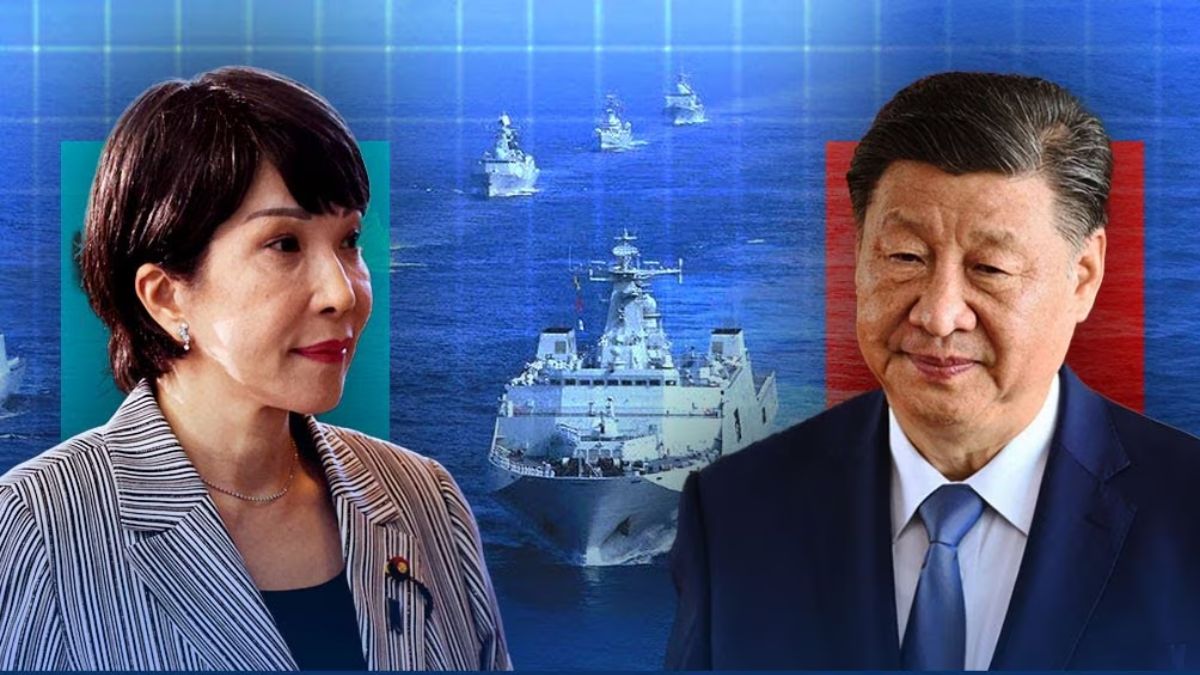)

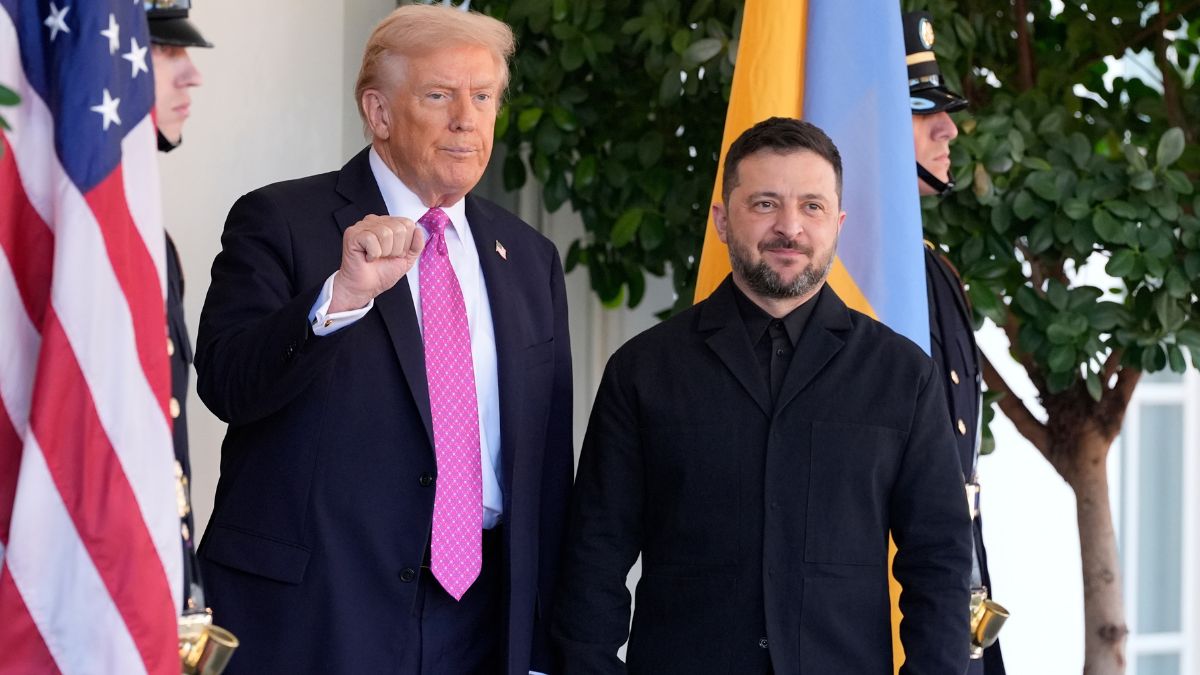)
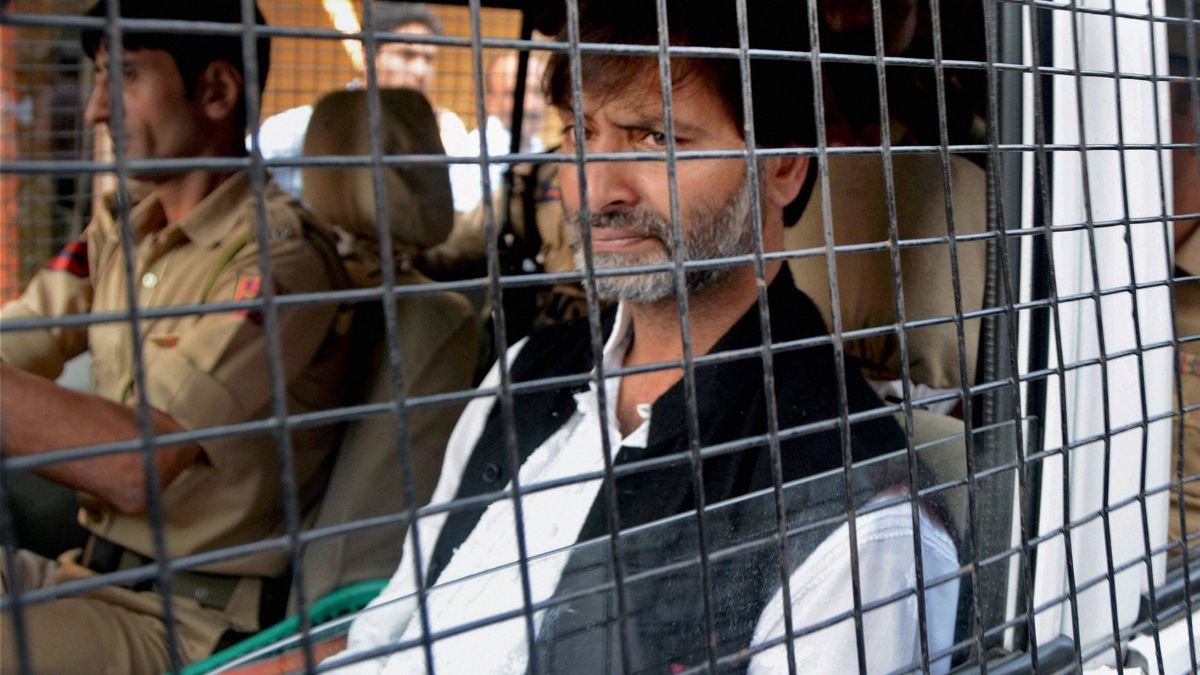)
)
)
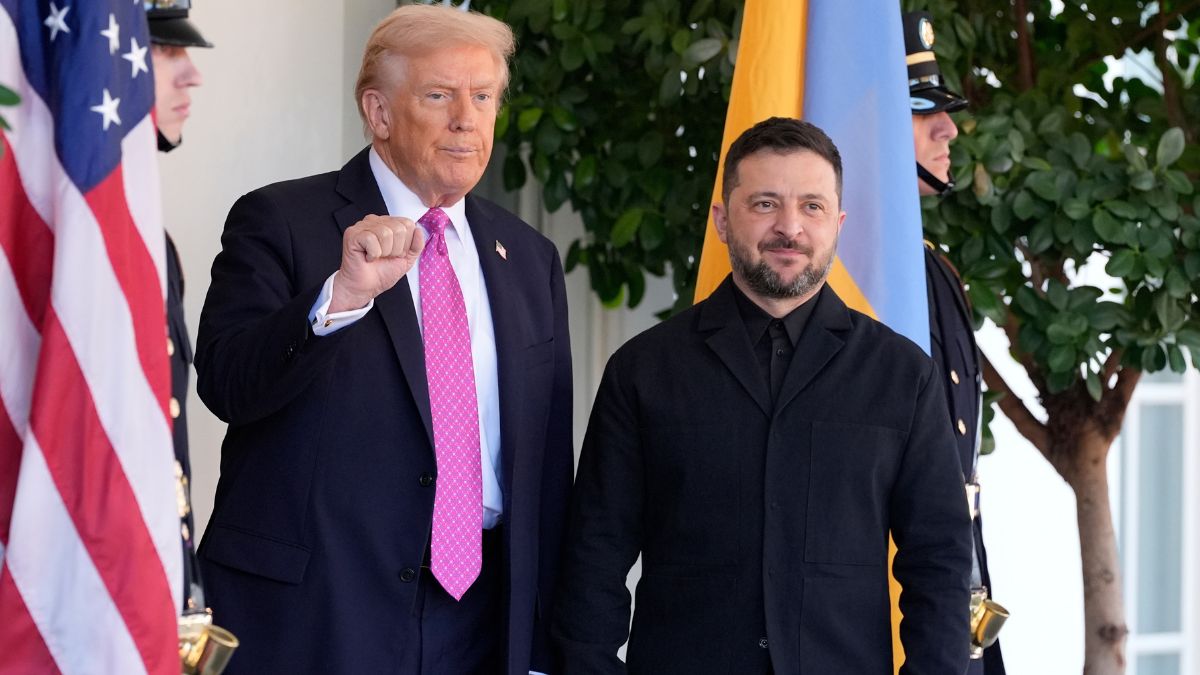)
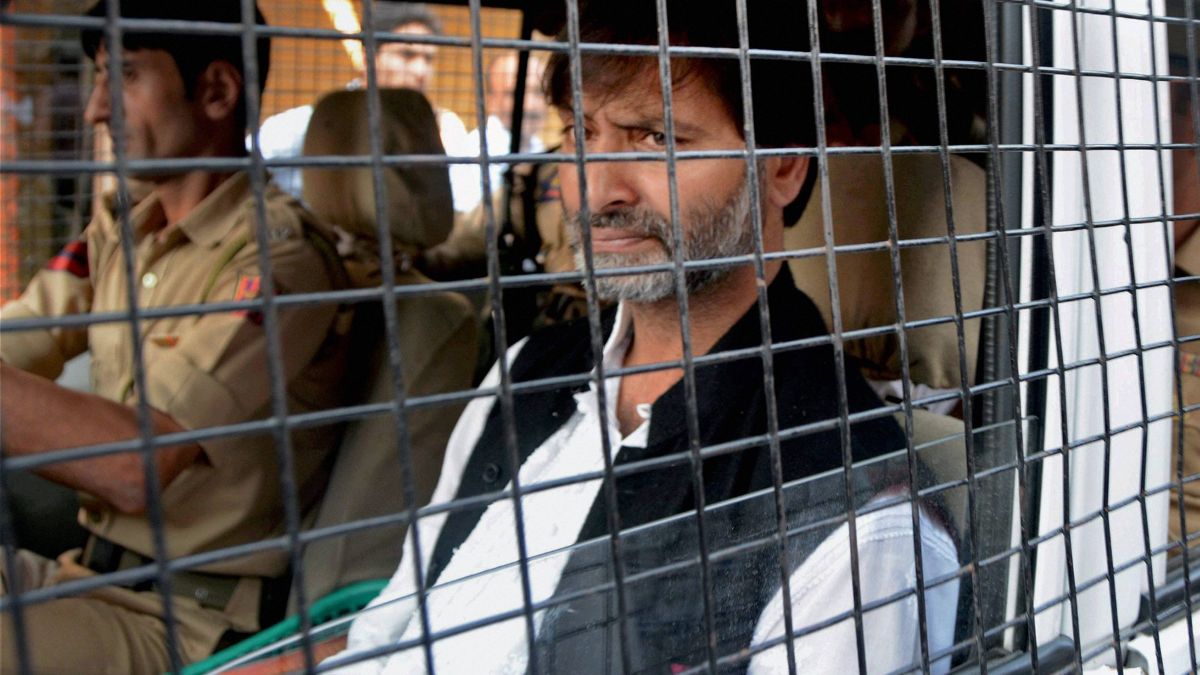)
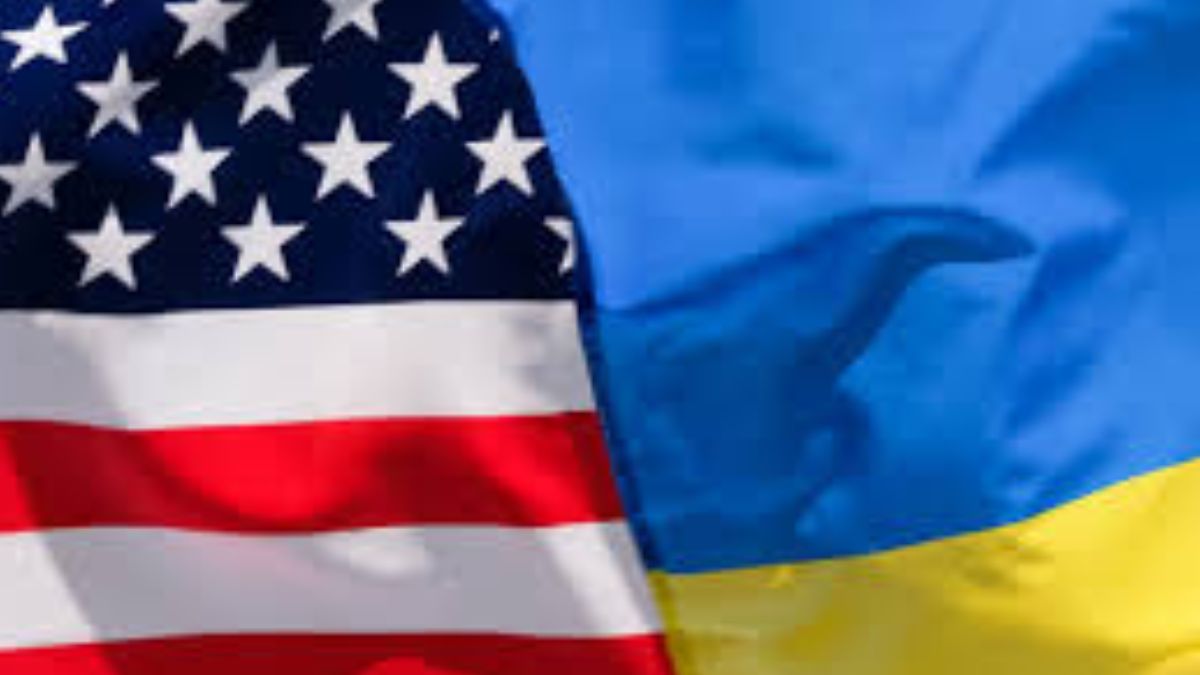)
)



